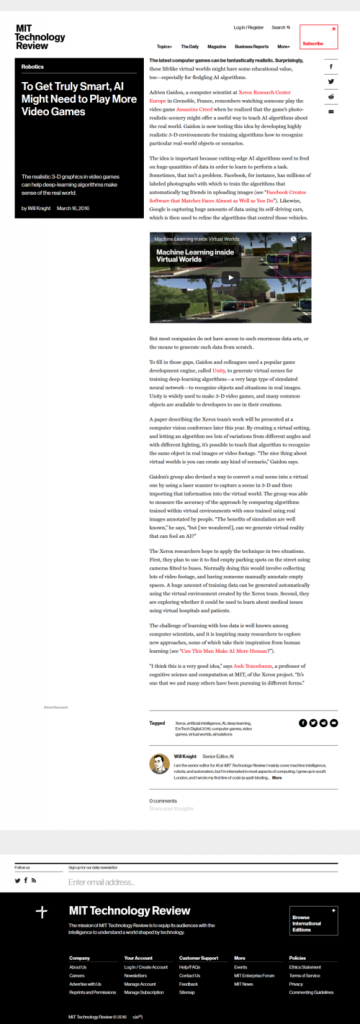Leaked Document Says Google Fired Dozens of Employees for Data Misuse
Google has fired dozens of employees between 2018 and 2020 for abusing their access to the company’s tools or data, with some workers potentially facing allegations of accessing Google user or employee data, according to an internal Google document obtained by Motherboard. From a report:
The document provides concrete figures on an often delicate part of a tech giant’s operations: investigations into how company’s own employees leverage their position inside the company to steal, leak, or abuse data they may have access to. Insider abuse is a problem across the tech industry. Motherboard previously uncovered instances at Facebook, Snapchat, and MySpace, with employees in some cases using their access to stalk or otherwise spy on users.The document says that Google terminated 36 employees in 2020 for security related issues. Eighty-six percent of all security-related allegations against employees included mishandling of confidential information, such as the transfer of internal-only information to outside parties. 10 percent of all allegations in 2020 concerned misuse of systems, which can include accessing user or employee data in violation of Google’s own policies, helping others to access that data, or modifying or deleting user or employee data, according to the document. In 2019, that figure was 13 percent of all security allegations.

 “The latest computer games can be fantastically realistic. Surprisingly, these lifelike virtual worlds might have some educational value, too—especially for fledgling AI algorithms.
“The latest computer games can be fantastically realistic. Surprisingly, these lifelike virtual worlds might have some educational value, too—especially for fledgling AI algorithms.